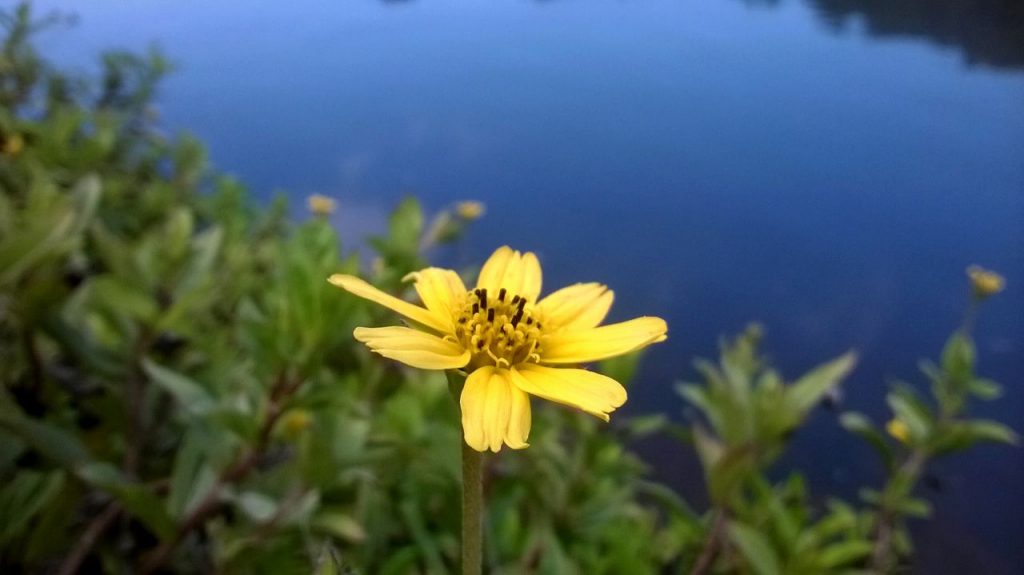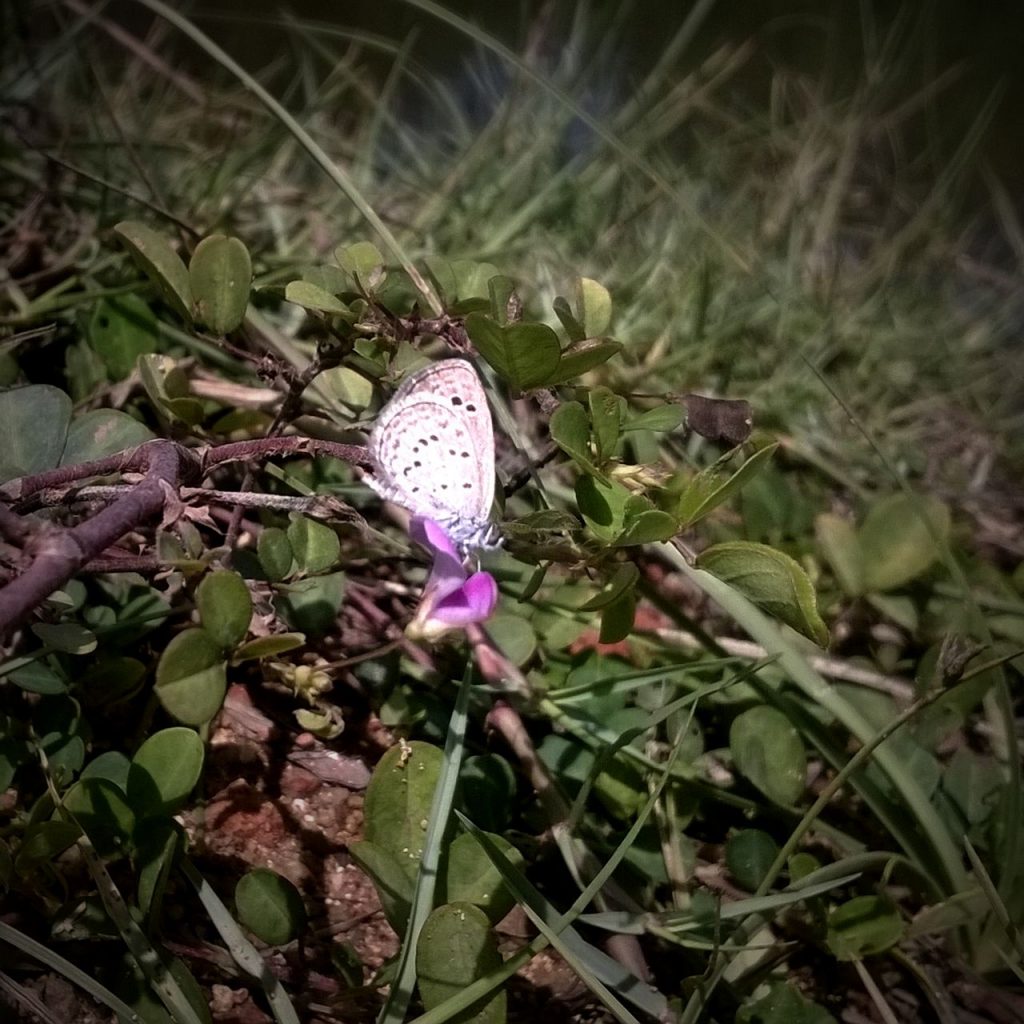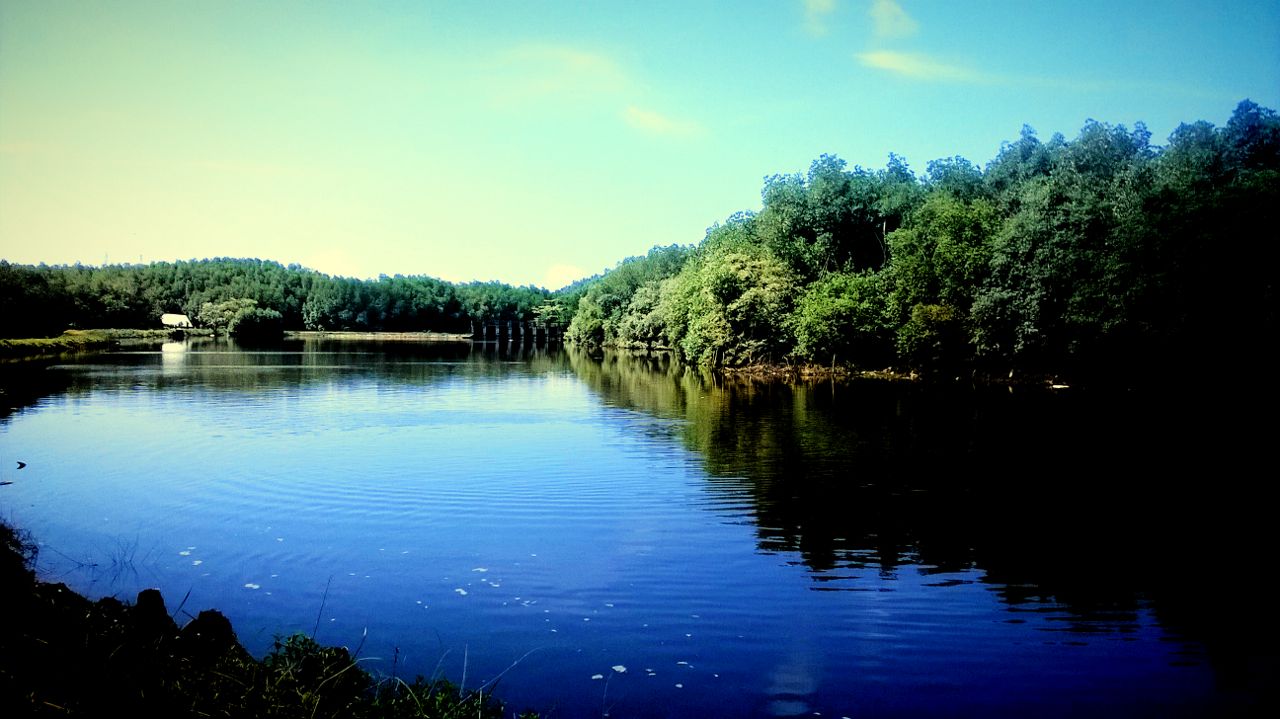“Life is either a daring adventure or nothing at all.” – Helen Keller
I had my very first wading encounter last September. To be precise, on the 10th of September 2017, when we; the second year Biological Science students took part in a field workshop at Attaragoda Wetland under the guidance of Prof. Nihal Dayawansa. This was a part of the ZL2009 – Principles of Ecology course unit.
It turned out to be one of the best and most satisfying field visits I’ve ever visited. My enthusiasm was really high from the beginning and I looked forward for so much of adventure and novel. Well, I was able gain a lot more than I expected.
We gathered at the University premises early in the morning with the excitement of taking part in the field visit. The bus came to university around 5 am and we all hurried to get into it. No matter where we go we make sure that the travelling part is the most fun filled. The whole bus journey was like a mini gala where all the pop, jazz and traditional singers became the limelight of the day.
We arrived at Galle at around 7 am and stopped at a Beachside Cafeteria to have our breakfast. We got off from Attaragoda around 8 am and we were all set to begin work.
Our main objective was to develop and extend knowledge on population dynamics, community ecology and ecosystem characters of Mangrove habitats.
We initiated our tasks with the “Mangrove walk”. It’s a hike down the paths available and we did meticulous observations while walking. We did not forget to keep an accurate record on each and every faunal and floral observation in our field note books. We were able to identify several species with the assistance of our demonstrators and with the help of pictorial guides.

Mangrove forests are home to a large variety of fish, crabs and mollusks and mangroves. They maintain water quality and clarity, filtering pollutants and trapping sediments originated from land and also protecting shore lines from damaging strong waves and floods.
Rhizhophora mucronata (Maha Kadol), Bruguiera gymnorhiza (Mal kadol), Acanthus ilicifolius (Katu Ikiliya), Acrostichum aureum (karamkoku) were some mangrove species we observed along the pathway. Mangrove associates such as Widelia trilobata (Amaradevi), Annona glabra (Pond apple), Tithonia diversifolia (Wal suriyakantha), Panicum maximum (Guinea grass), Calotropis gignatea (Wara), Leucaena leucocephala (Ipil Ipil) were also observed during the walk.

We sighted a number different species of birds and butterflies as well. Red-vented Bulbul, Spotted Dove, Yellow Bulbul, Great White Egret, Little Cormorant, Lesser Whistling duck, Grey Heron, Long-billed Sunbird were some of them. Butterflies like Delias eucharis (Common Jezebel), Junonia almana (Peacock Pansy), Zizeeria karsandra (Dark Grass Blue) and Graphium agamemnon (Tailed Jay) make the wetland more colourful and add more beauty to it.

Fiddler crab, Mudskipper, Hermit crab and Scylla serrata (Mud crab) were seen on the water bodies as well as in burrows on the either sides of the walking pathway.
Other than the scenic beauty at Attaragoda, we sighted evidences of pollution as well. A layer of cement powder was seen deposited on leaves of Mangrove plants as a result of the Cement Factory which is near the wetland. As Ecology students it was sad to see such shattering situations and it is our responsibility to disseminate our knowledge to the local communities to protect these diverse eco-systems from man’s careless and selfish behaviour.
After a tiring walk we reached to an open area where we were briefed of the day’s proceedings. Mr. Micheal, a villager who is passionate about the environment, briefed us about Attaragoda. He gave us an introduction on the history of the wetland and its current status and we gathered a lot from his talk. We should be thankful to Mr. Micheal for helping us throughout the day in numerous ways; showing us the way and providing us with all the necessary information.
After a much insightful conversation with Mr. Michael, it was time to get ready for our wading session.
Prior to our expected task, we were divided into 5 groups and rests of the day’s tasks were dine in groups. Each group was named after an animal. The group names were as follows: Elephant, Leopard, Frog, Crow and Duck. After grouping, each group had to select a topic which best suites there group name and the topics were Diversity and adaptations, Linkages, Structural complexity, Resilience and Dynamic stability.
I was assigned to the group named after frog and we managed to grab the theme diversity and adaptations by proposing facts correlating the topic with our group name.
Each group had to perform a short skit based on the selected theme and we were able to go through a wonderful dramatic voyage within the allocated little time.
Till about 11 am the weather was quite pleasant with plenty of breeze. However, as time passed on it got hotter where it reached a point that we could not concentrate any longer on our work as the heat of the scorching sun was too much to bear! Yet we managed somehow to survive not only because of our curiosity and interest but also for the refreshments provided to make us chill.
Stepping into water and wading towards the mangrove islands was most exciting part of the visit. The task seemed to be so challenging to me due to my height (being considered a shorty). Also my sense of depth of water was awful. I should be thankful to my colleagues for their words of encouragement given to me at all times and thus I was able to wade towards the island with less fear. The lesson I learned here was no matter what your height is, if you have the courage, dedication, passion and enthusiasm you can face any challenge that is thrown at you.

We had our lunch in the field. After the lunch break, each group had to conduct a poster presentation based on their observations. Togetherness and team effort led us to a successful poster presentation.
After a somewhat strenuous field excursion we all needed to relax. So we went to Galle fort for a sea bath and we enjoyed it to the fullest.
Everything on that day was carried out smoothly and after having tea, it was time to head back to Colombo. Truth be told, I was worried as the field trip came to an end. Yet we headed back home with contented minds as we had a fruitful field journey. All in all it was a well spent day adding so much of colour and remarkable memories to my field life.
This field visit was not only learning about mangroves and ecosystem characteristics of wetlands; it was also about a bunch of budding ecologists coming together and working as one group and realizing how much creativity, abilities and potential they carry within them.
A special thank you to Prof. Nihal Dayawansa of Department of Zoology and Environmental sciences, Faculty of Science for giving us this wonderful opportunity and to my demonstrators Miss. Dilini Ratnayake and Miss. Malka Fernando for their immense support and guidance given to me at all times.

Image courtesy: Dulitha Prasanna, Sachith Welarathna, Vinuri Weerasinghe, Pumudi Gardiyawasam.

